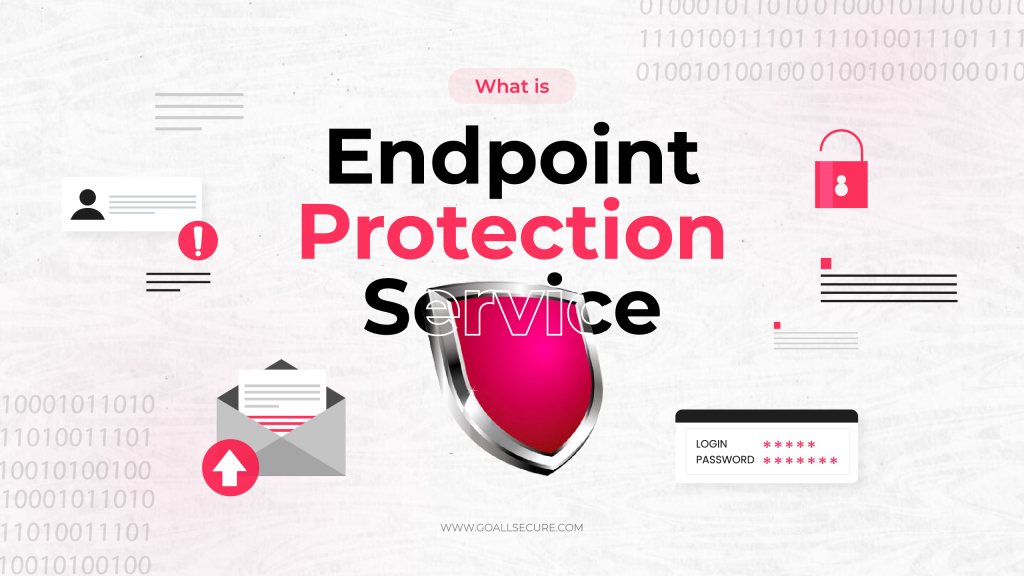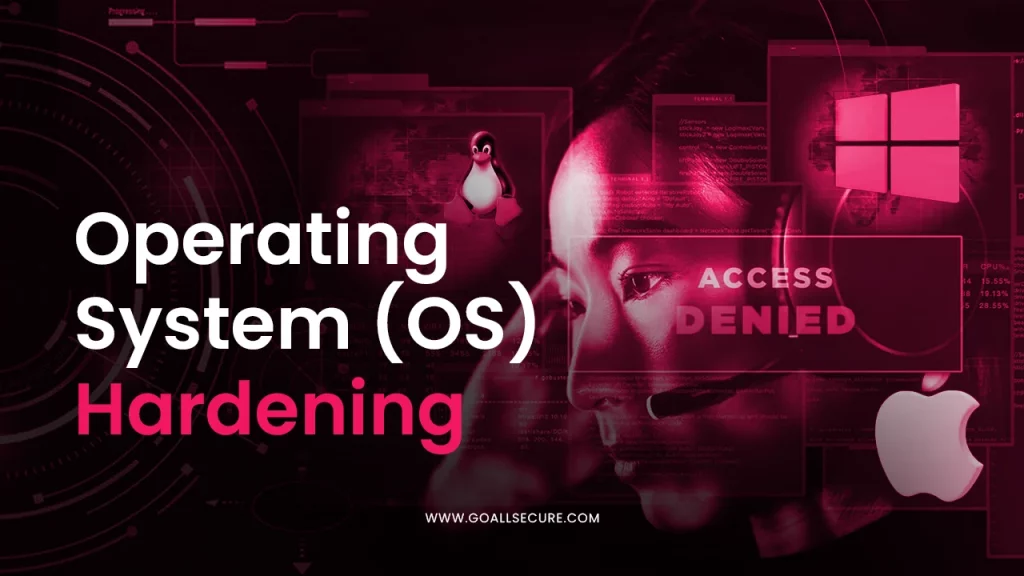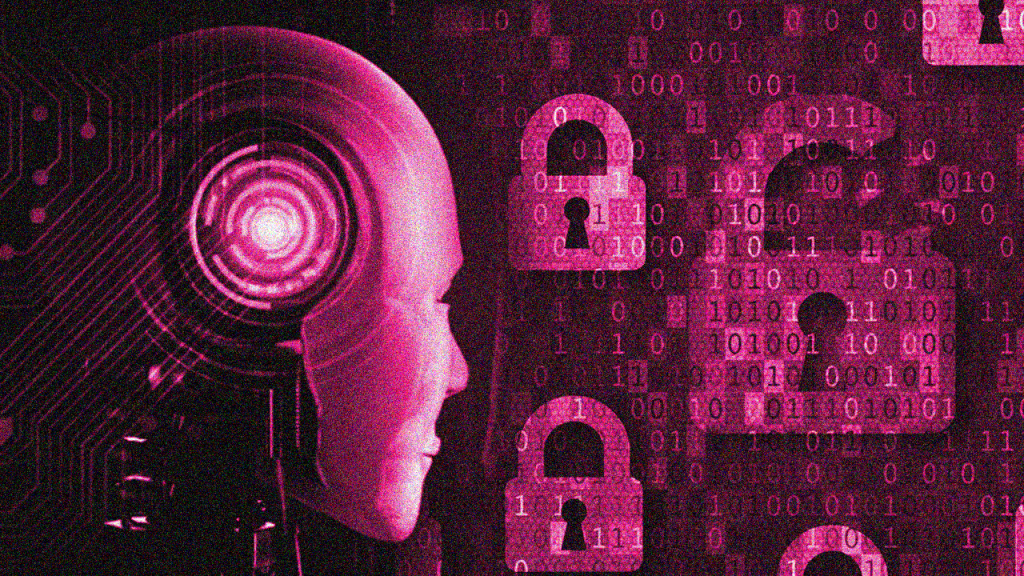Artificial Intelligence (AI) is a powerful and versatile technology that has revolutionised the way we approach tasks in various industries by providing improved efficiency, advanced decision-making, and enhanced user experiences. However, every powerful tool has its downsides. Unfortunately, malicious threat actors have discovered the potential of AI and are using it to carry out their nefarious activities. In this blog, we will delve into the harmful side of AI, examining what malicious actors are doing today and what they could do in the future. We’ll also discuss measures to defend ourselves from AI-empowered threat actors.
How Threat Actors Are Leveraging AI to Advance Cyberattacks and Spread Pure Chaos?
While AI offers tremendous potential for innovation and progress, it also presents an alarming threat landscape when wielded by malicious actors. As technology continues to advance, so does the sophistication of cyber threats. Here is a list of nefarious ways in which threat actors are using AI to spread pure chaos:
Automated Cyberattacks
One of the most alarming ways AI is helping malicious actors is through automated cyberattacks. AI-driven bots and malware can autonomously scan networks for vulnerabilities, identify weaknesses, and launch attacks with incredible speed and precision. Threat actors employ AI-enhanced reconnaissance to gather information about targets, such as IP addresses, system configurations, and vulnerabilities, to launch more effective attacks.
Advanced Phishing and Social Engineering
AI-driven tools can analyse vast amounts of data to craft convincing phishing emails or social engineering schemes. These attacks can be highly targeted, using personal information gathered from social media and other sources to deceive individuals into revealing sensitive information or clicking on malicious links. AI’s ability to create highly realistic fake personas amplifies the threat.
Deepfake Technology and Misinformation
AI can be used to spread misinformation and disinformation on a large scale. Deepfake technology, a subset of AI, enables the creation of highly convincing fake videos and audio recordings. Malicious actors use deepfakes to impersonate individuals or manipulate content to deceive and defame them. This technology poses significant risks to reputation, privacy, and security.
Autonomous Malware Development
AI-powered malware can adapt and evolve. It can learn from its environment and modify its behaviour to bypass security measures, making it extremely difficult for traditional cybersecurity systems to detect and mitigate. This level of sophistication has the potential to cause widespread damage.
AI assists hackers with obfuscation and evasion techniques that help malware go undetected by security systems. This arms them with the ability to constantly adapt and bypass traditional cybersecurity measures.
Predictive Analysis for Criminal Activities
Predictive analytics, a positive AI application in many fields, is also being used by malicious actors. Criminal organisations can use AI to analyse data patterns and predict law enforcement actions, enabling them to evade capture and plan criminal activities more effectively.
The Future for Threat Actors Looks Promising with AI
If you believe that AI is wreaking havoc now, you are in for a surprise. The future does not look good for those of us who are still under the rock when it comes to cyber security and defending our digital territories. The potential harms of AI extend far beyond what is currently possible due to ongoing advancements in the field. Here are some ways in which cyber security specialists predict that AI could be used to cause more harm in the future:
Supercharged Cyberattacks
AI is predicted to become even more adept at launching cyberattacks, with the ability to exploit vulnerabilities faster and with greater precision. This will lead to more damaging and widespread breaches of personal data, critical infrastructure, and overall security. The expansion of AI could lead to increased security risks, including the potential for AI to be used in large-scale cyberattacks, espionage, or terrorism.
AI-Generated and Propagated Misinformation
Future AI could generate even more convincing fake news, deepfakes, and disinformation campaigns, making it increasingly challenging to tell the truth from falsehood. This could undermine trust in institutions, sow discord, and manipulate public opinion on a larger scale. This can be the beginning of anarchy in the cyberworld.
AI Manipulating Humans
Future AI holds the untamed potential to manipulate human behaviour to cause widespread social unrest, advance addiction, and aggravate mental health issues. AI-driven marketing and personalised content have the power to unimaginably persuade humans and even make them addicted to it. If not properly regulated and trained, AI systems can perpetuate and amplify bias and discrimination. This could result in unfair and discriminatory outcomes in areas like hiring, lending, and criminal justice.
Anarchy in the Global Civilisation
The development of lethal autonomous weapons powered by AI poses a grave threat. These AI-driven systems could make decisions to use force without human intervention, potentially leading to unintended conflicts and the loss of life. This means increased volatility in the current world order and a greater chance of setting the entire human race on fire. Not just that, AI is bound to become more pervasive and intrusive, infringing upon privacy rights. AI-powered surveillance systems will have enhanced facial recognition and predictive analytics that will enable governments and corporations to monitor individuals on an unprecedented scale.
AI’s Negative Effect on Various Industries
As AI continues to advance, it may automate more jobs across various industries, leading to widespread unemployment and economic disruption, particularly if we are ill-prepared to address the social and economic consequences. Making major decisions based on AI-generated algorithms can lead to some serious ethical dilemmas. While AI holds great promise in industries like healthcare, manufacturing, finance, etc., at the same time it can raise serious questions about equity and fairness.
Looking at the possible future use of AI can be a lot, but the reality remains that it is in the far future. We need not worry about it right away. But what we can do to avoid the above-mentioned scenarios from becoming our harsh reality is to be proactive. We need to address these potential harms by developing regulations, ethical guidelines, and responsible AI practices. Ensuring transparency, accountability, and rigorous testing of AI systems is crucial to minimising the risks associated with AI’s future developments.
How to Safeguard Against AI and Defend Our Data
AI’s potential for harm in the wrong hands is a growing concern. As technology evolves, so do the tactics of malicious actors. Staying informed, vigilant, and proactive is essential for safeguarding against AI-empowered threats. By adopting the right cybersecurity measures and responsible AI practices, you can mitigate the risks associated with this powerful technology and work towards a safer digital future. Here is what we suggest individuals and organisations do to protect against AI-empowered threat actors:
- Invest in robust cybersecurity measures, including firewalls, intrusion detection systems, and regular security audits.
- Educate employees and users about cybersecurity best practices.
- Implement multi-factor authentication wherever possible.
- Monitor networks for unusual or suspicious activity.
- Collaborate with cybersecurity experts to develop AI-driven threat detection systems.
To harness the power of AI responsibly, governments, businesses, and researchers need to collaborate on developing ethical AI standards and countermeasures to defend against the dark side of this transformative technology. Only through collective effort can we hope to strike a balance between innovation and security in an AI-driven world.
If you too are interested in knowing more about the threats that AI poses to your business or organisation, GoAllSecure can help you. We can work with you to create a customised cybersecurity plan for your business. That will allow you to remain vigilant and stay informed about the evolving tactics of malicious threat actors. Giving you a well-protected security posture and a relaxed mindset to work and grow.

















 TRAVEL & HOSPITALITY
TRAVEL & HOSPITALITY HEALTHCARE
HEALTHCARE RETAILS & ECOMMERCE
RETAILS & ECOMMERCE BANKING & FINANCIAL
BANKING & FINANCIAL AutoMobile
AutoMobile MANUFACTURING
MANUFACTURING FOOD
FOOD EDUCATION
EDUCATION



